It’s more than just a “what-if” situation, though. Backburner relationships require relatively frequent communication, Jayson Dibble, the 2014 study’s lead author and an assistant professor of communication at Hope College, told The Atlantic at the time.
These affairs of the heart ― and of the imagination ― make sense from an evolutionary standpoint: If the goal is to have as many options as possible for reproduction, the occasional Instagram “like” and “wanna get coffee?” text is easy enough to maintain. At the same time, you ensure your future offspring will have someone to care for them by staying with your partner.
Marriage and family therapist Elisabeth LaMotte likens cushioning to a “pre-meditated version of rebounding.”
Cushioning typically indicates an inability to exist without a relationship, she said. And more often than not, our backburner fulfills (or seems to fulfill) something that’s missing in our primary relationship.
“With cushioning, you’re usually cultivating a secret flirtation with someone who represents an exaggerated rebellion against challenges in one’s current relationship. For example, someone who is dating a successful but anxious partner might cushion with a relaxed partner who is unable to keep a job,” she said. “But cushioning denies both parties a chance to see if the anxiousness (or any other challenges) might be lessened through communication and effort with our primary partners.”
We imagine the grass is greener on the other side ― and in the process, we short-shrift what very well may be a solid relationship. Once pursued, backburner relationships are subject to the same frustrating, everyday complications any other couple experiences.
Source link

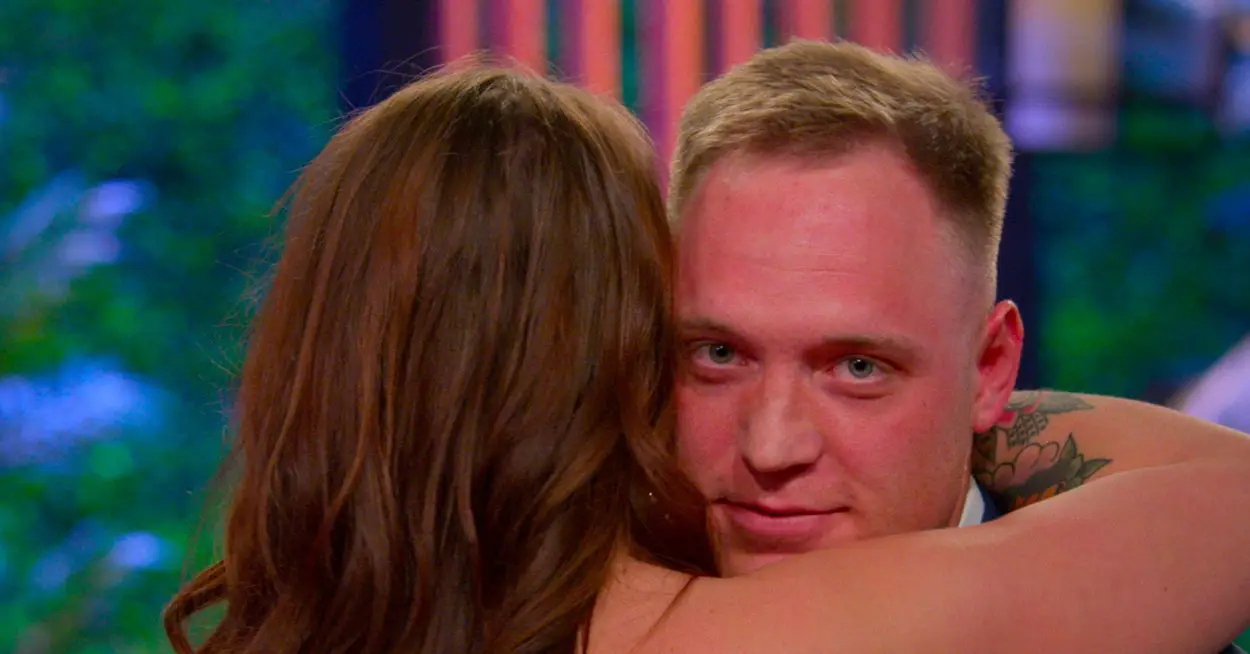
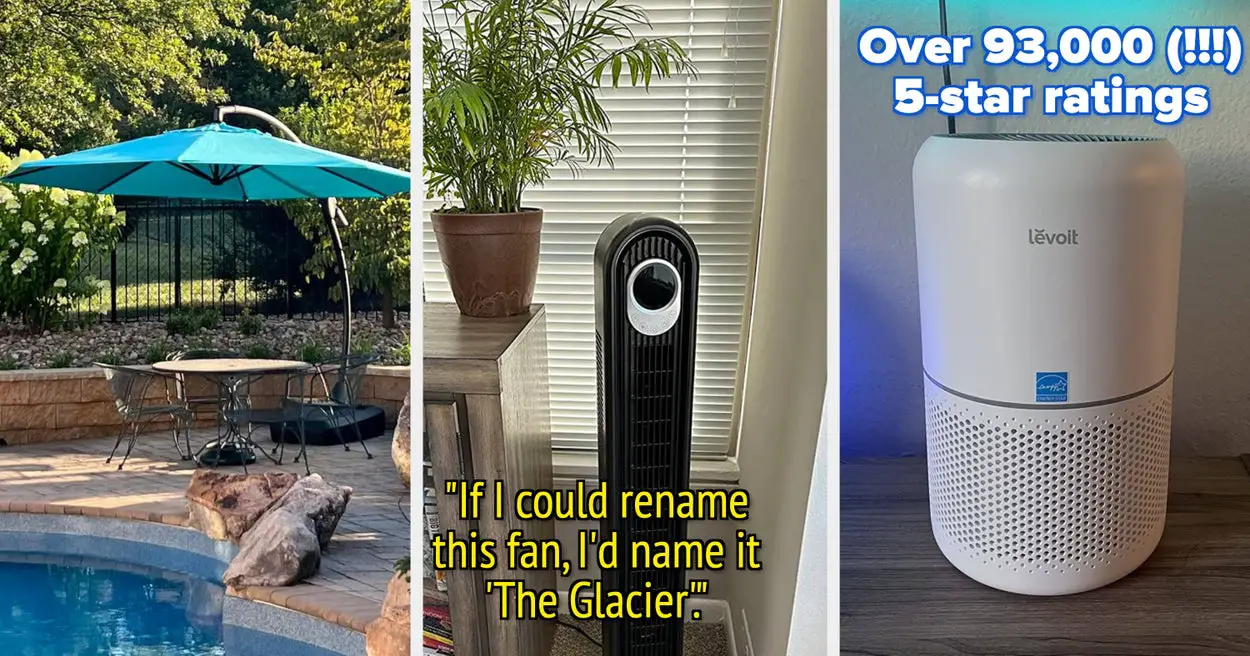
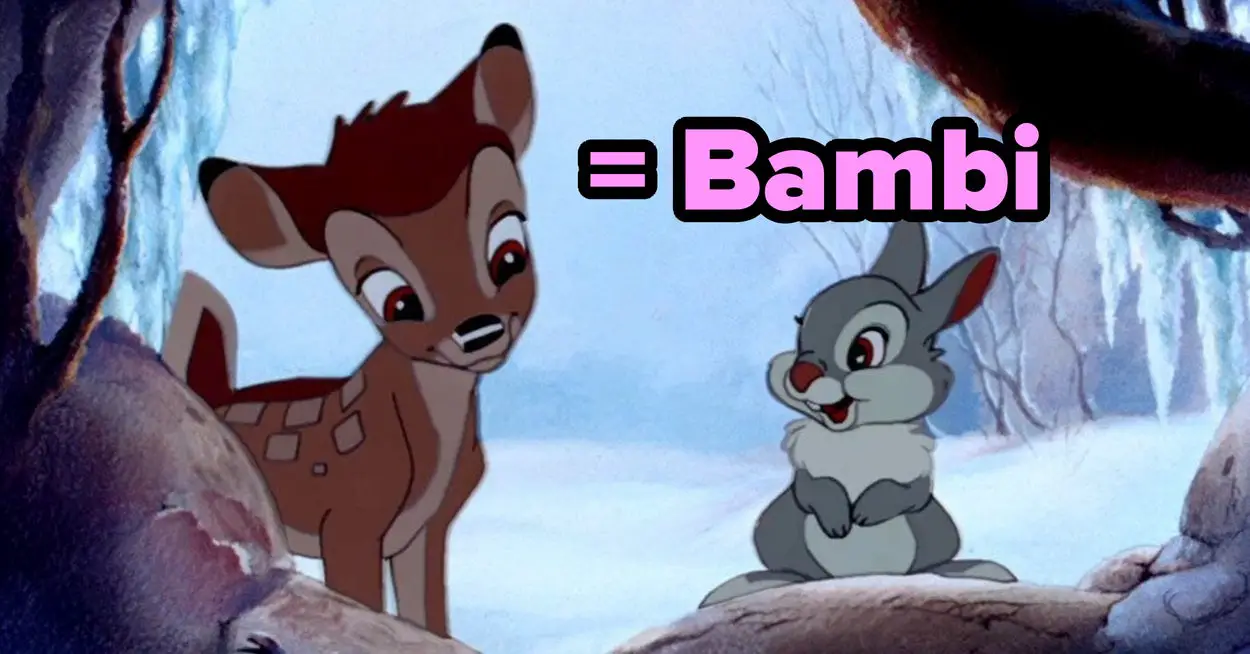
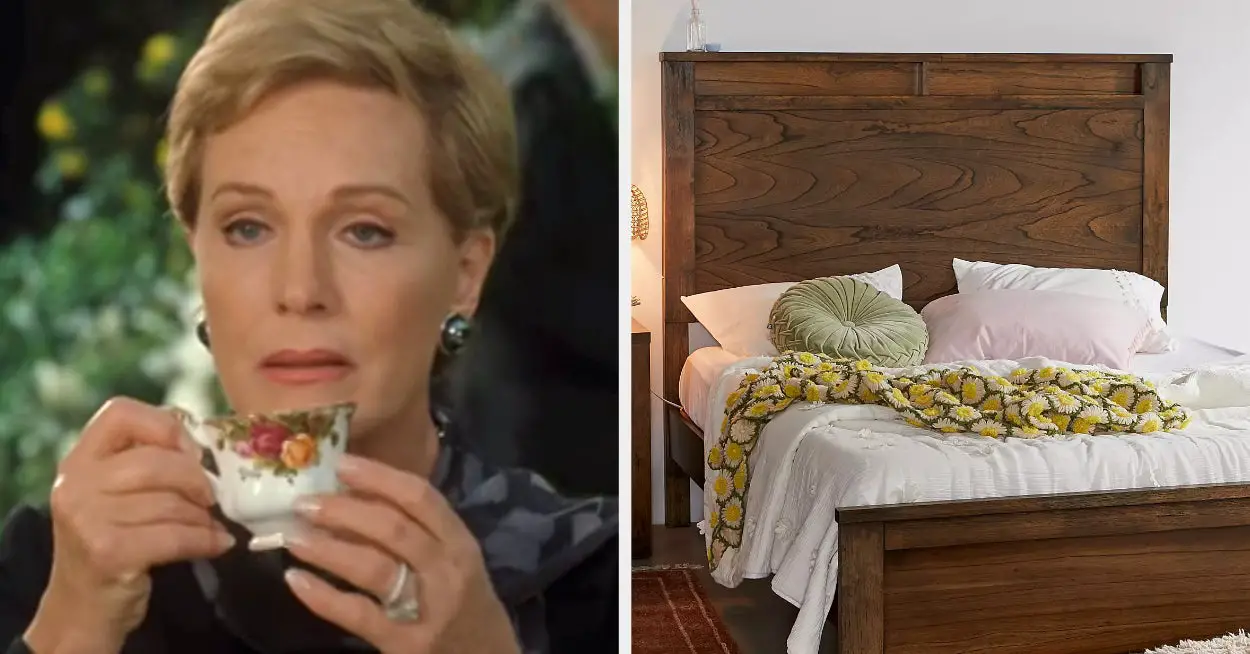
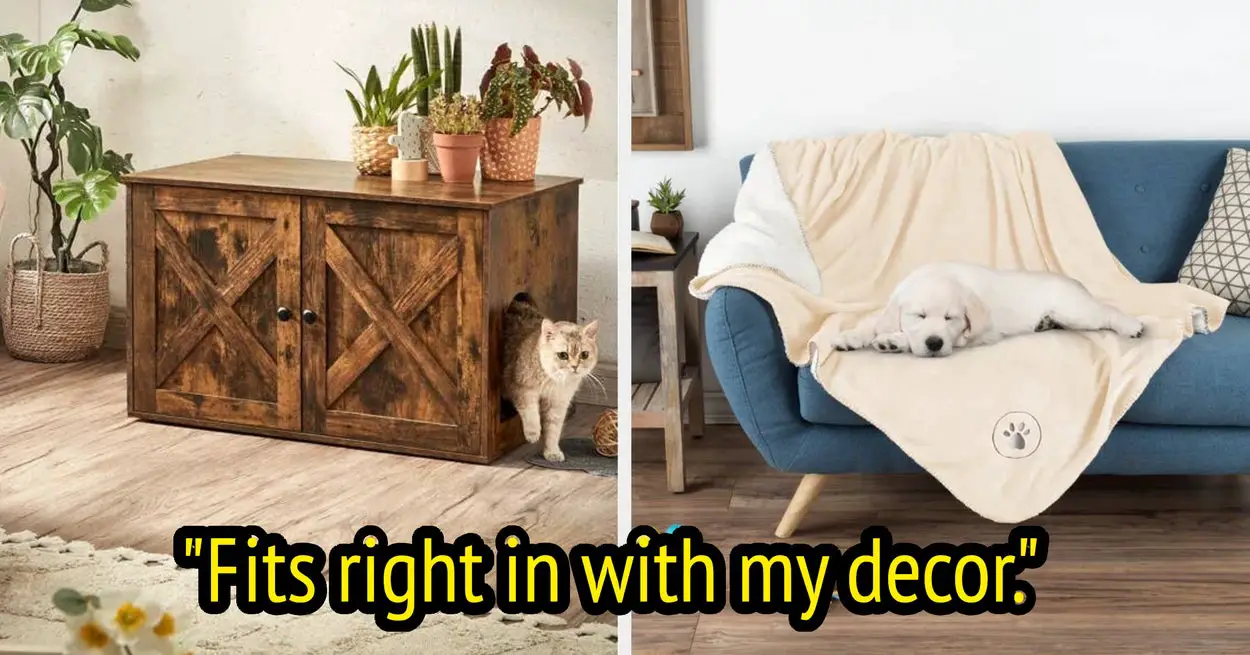
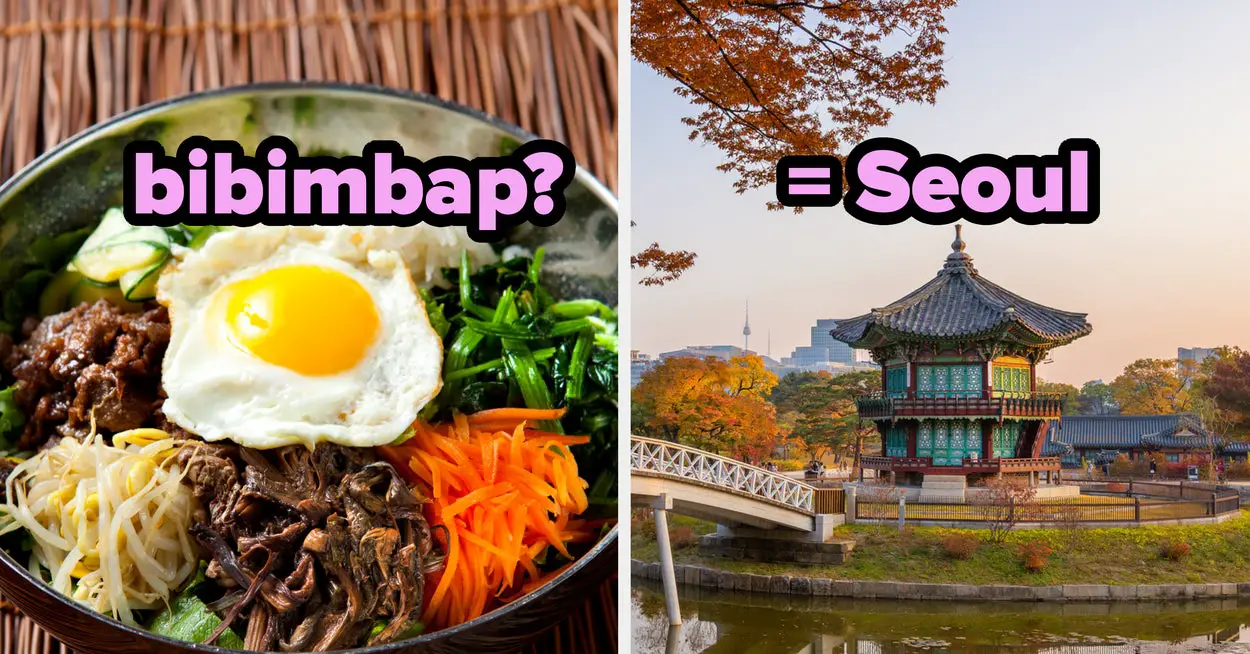

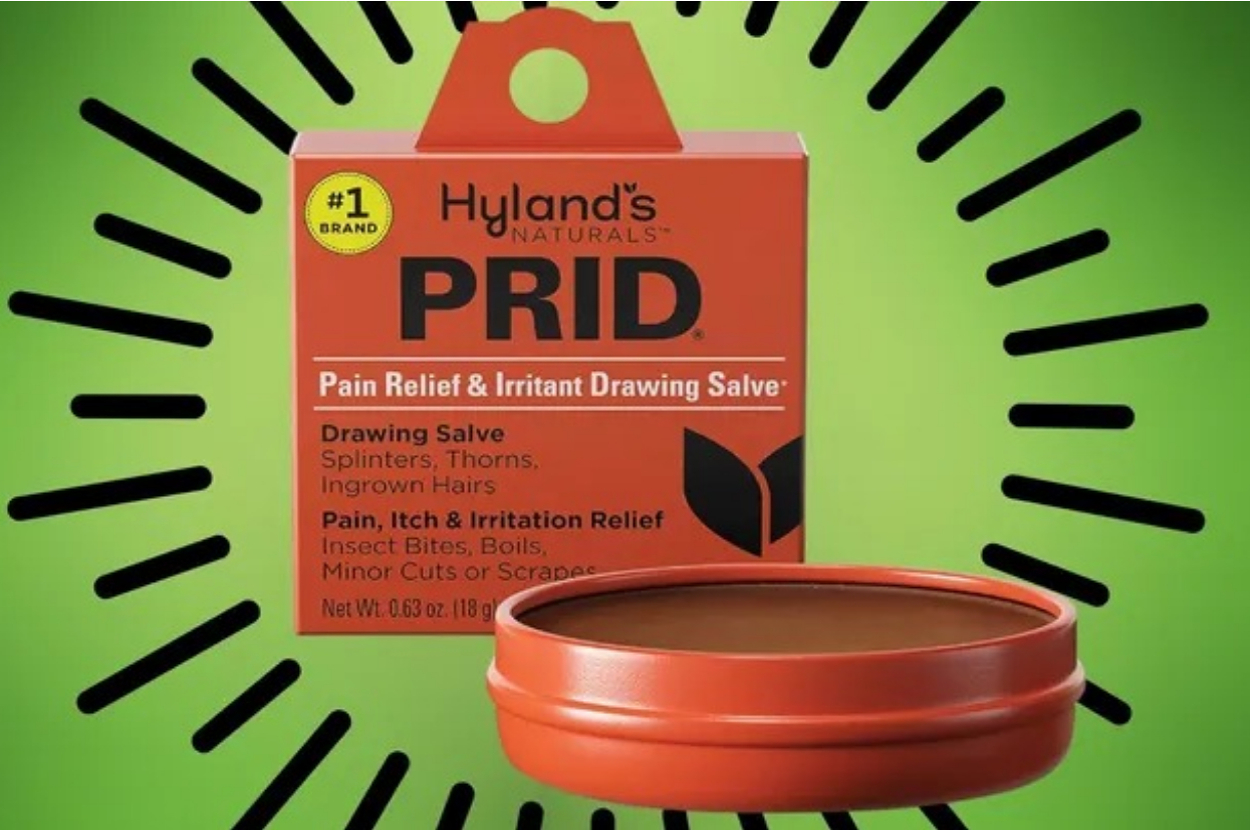
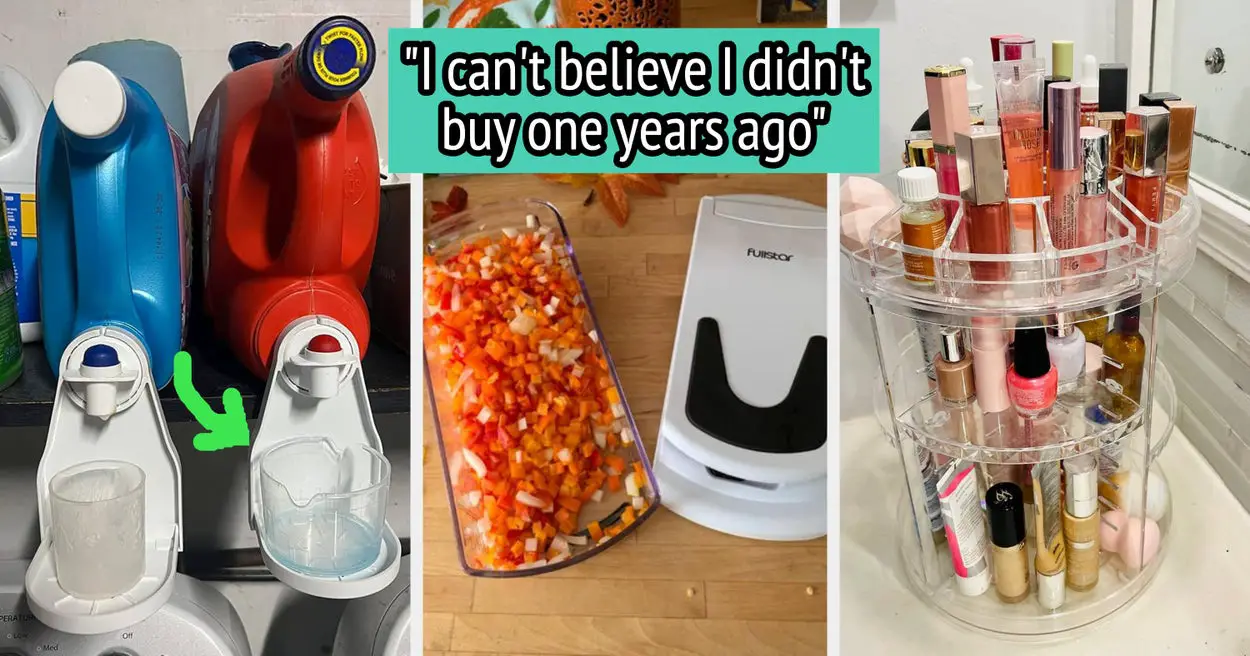

Leave a Reply